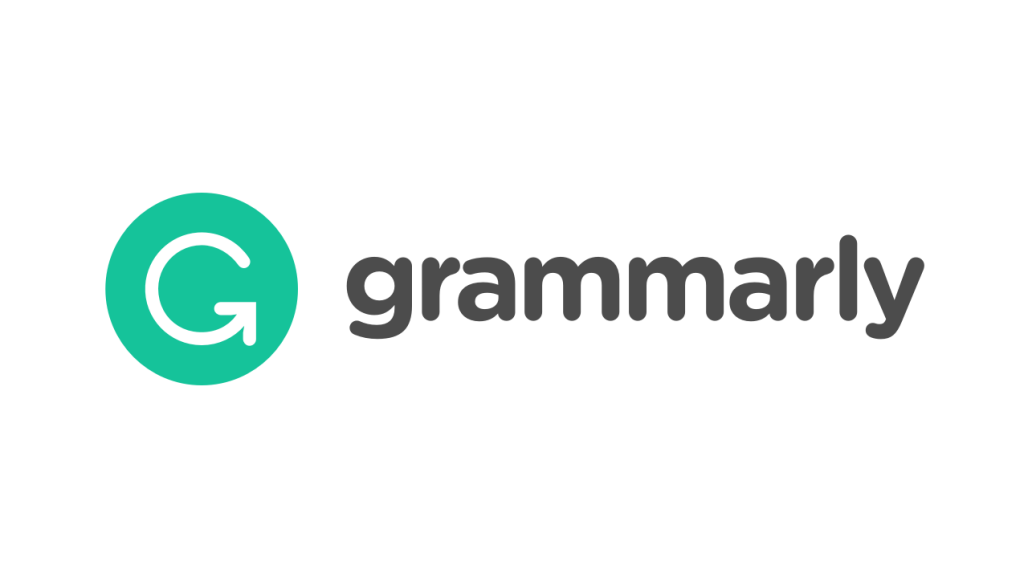Gambaran Penggunaan Obat Anti Epilepsi (OAE) pada Penderita Epilepsi Berdasarkan Tipe Kejang di Poli Saraf Rumkital DR. Ramelan Surabaya
Abstract
Epilepsy is a disorder of the central nervous system (CNS) characterized by attacks (seizures, fit, attack, spell) spontaneous (unprovoked) and periodically. The main treatment of epilepsy is with antiepileptic drugs. It was used the descriptive study design by using secondary data which taken at Medical Record Installation of Dr. Ramelan Naval Hospital Surabaya from September-November 2018. The results showed that the percentage of focal seizures is 41%, seizures general is 36% and unclassified seizures is 23%. From 61 samples, the percentage of anti-epileptic drugs used are phenytoin (31.1%), valproic acid (21.3%) and carbamazepine (4.9%) as a monotherapy. While 42.7% were treated with polytherapy that the combination of phenytoin, valproic acid, carbamazepine and benzodiazepines. Focal seizure that dominate with 41%, the general seizure is 36% and unclassified seizures is 23%. Anti-epileptic drugs that are widely used class of phenytoin, valproic acid and carbamazepine as monotherapy and the combination of phenytoin, valproic acid, carbamazepine and benzodiazepines as polytherapy.
Keywords
Full Text:
PDFReferences
Arifputra A, Sumantri FO. Epilepsi, 2014. Dalam: Arifputra A. Kapita Selekta Kedokteran Edisi II. Jakarta (INA: Media Aesculapius
Goldenberg MM, 2010. Overview of drugs used for epilepsy and seizures: Etiology, diagnosis, and treatment’, P and T. 35(7): 392-415.
Johnson EL, 2019. Seizures and Epilepsy. Medical Clinics of North America. 103(2): 309-324.
Lukas A, Harsono, Astuti, 2016. Gangguian Kognitif pada Epilepsi. BIKDW. 1(2): 144-152
Muttaqin Z, 2012. Epilepsy Surgery in Indonesia : Achieving a Better Result with Limited Resources. Bali Med J. 1(2):57–63.
Persatuan Dokter Spesialis Saraf Indonesia. Pedoman tatalaksana epilepsi. Edisi ke-4. Jakarta: PERDOSSI; 2011. hlm. 3-28
Perucca E and Tomson T, 2011. The pharmacological treatment of epilepsy in adults. Lancet Neurology. 10(5): 446-456.
St. Louis EK, 2009. Truly "Rational" Polytherapy: Maximizing Efficacy and Minimizing Drug Interactions, Drug Load, and Adverse Effects. Current Neuropharmacology. 7(2): 96-105.
St. Louis EK, Rosenfeld WE, and Bramley T, 2009. Antiepileptic Drug Monotherapy: The Initial Approach in Epilepsy Management’, Current Neuropharmacology. 7(2): 77-82.
Stafstrom CE and Carmant L, 2015. Seizures and epilepsy: An overview for neuroscientists. Cold Spring Harbor Perspectives in Biology. 5(6): a022426.
Sveberg L, Svalheim S, Taubøll E, 2015. The impact of seizures on pregnancy and delivery. Seizure. 28: 35-38.
Tonekaboni SH, Shamsabadi FM, Anvari SS, Mazrooei A, Ghofrani M, 2012. A comparison of buccal midazolam and intravenous diazepam for the acute treatment of seizures in children. Iranian Journal of Pediatrics. 22(3): 303-308.
WHO (2017) Epilepsy Fact sheet, Media Center.
DOI: http://dx.doi.org/10.30742/jikw.v9i1.748
Refbacks
- There are currently no refbacks.
Copyright (c) 2020 Eric Hartono Tedyanto

This work is licensed under a Creative Commons Attribution-NonCommercial 4.0 International License.
Jurnal Ilmiah Kedokteran Wijaya Kusuma is licensed under a Creative Commons Attribution-NonCommercial 4.0 International License

Â









